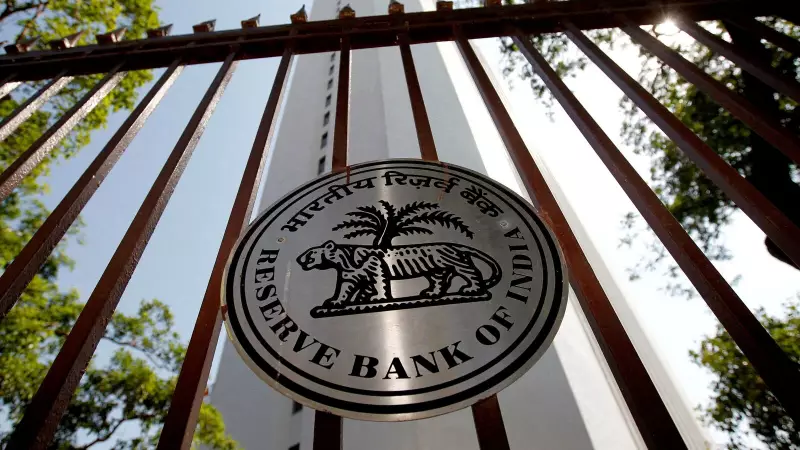
The Reserve Bank of India (RBI) has taken decisive action to address the growing liquidity deficit plaguing India's banking system, deploying its formidable foreign exchange reserves in a strategic maneuver that could reshape monetary conditions in coming months.
The Liquidity Squeeze: Understanding the Banking Crisis
Indian banks have been grappling with a significant liquidity shortfall, with the deficit swelling to nearly ₹3 lakh crore in recent weeks. This tightening has created challenging conditions for financial institutions, potentially impacting everything from loan disbursement to deposit rates offered to consumers.
The situation has become so pronounced that the RBI felt compelled to intervene with unconventional measures beyond its typical toolkit of open market operations (OMOs) and repo rate adjustments.
Forex Swap: RBI's Powerful Countermeasure
In a move that demonstrates the central bank's innovative approach to liquidity management, the RBI has reportedly injected approximately $5 billion through a forex swap arrangement. This mechanism allows the central bank to provide rupees to commercial banks while simultaneously receiving dollars, effectively easing the domestic currency crunch without directly impacting foreign reserves.
This strategic intervention serves multiple purposes:
- Immediate relief for cash-starved banks
- Stabilization of short-term interest rates
- Support for credit growth to productive sectors
- Prevention of disruptive volatility in money markets
Beyond Traditional Tools: Why Forex Intervention Matters
While the RBI routinely employs OMOs (buying and selling government bonds) to manage liquidity, the current situation demanded more robust measures. The forex swap approach demonstrates the central bank's willingness to utilize its $600+ billion reserves proactively rather than merely as a defensive buffer against external shocks.
This represents a significant evolution in India's monetary policy framework, showcasing the RBI's adaptability in addressing complex domestic challenges while maintaining stability in foreign exchange markets.
Implications for Borrowers, Depositors, and Investors
The RBI's intervention carries important consequences for various stakeholders:
- For borrowers: Potential relief from rising lending rates as liquidity improves
- For depositors: Banks may moderate deposit rate hikes as funding pressure eases
- For investors: Reduced systemic risk and more stable financial markets
- For the economy: Support for continued credit flow to industry and services
The Road Ahead: Monitoring RBI's Next Moves
Market participants will closely watch the RBI's subsequent actions to determine whether this represents a one-time intervention or the beginning of a more sustained liquidity support program. The central bank's approach will likely remain data-dependent, with close monitoring of inflation trends, credit growth, and external sector stability.
As India navigates global headwinds and domestic challenges, the RBI's sophisticated use of its policy toolkit reinforces confidence in its ability to maintain financial stability while supporting economic growth.





